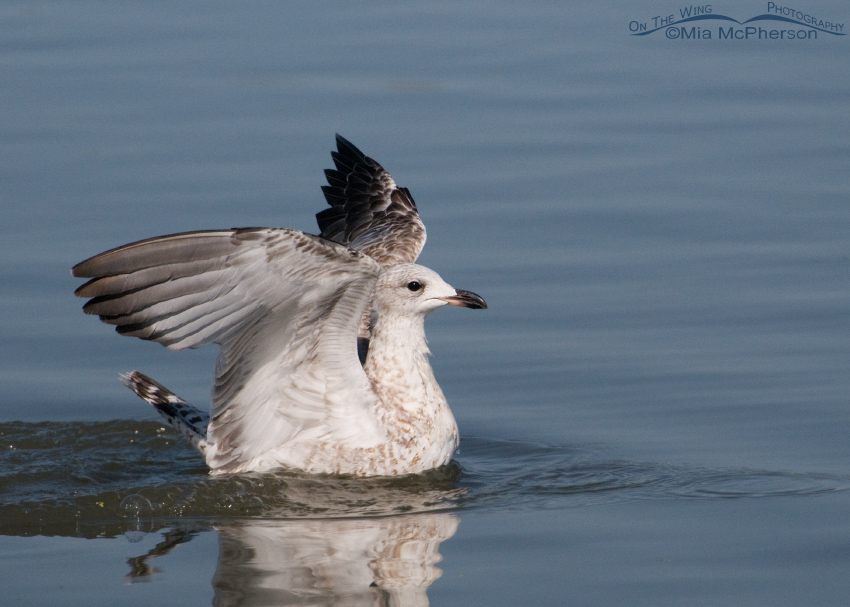 Juvenile Ring-billed Gull – Nikon D300, f6.3, 1/5000, ISO 800, -0.3 EV, Nikkor 200-400mm VR with 1.4x TX at 400mm, natural light
Juvenile Ring-billed Gull – Nikon D300, f6.3, 1/5000, ISO 800, -0.3 EV, Nikkor 200-400mm VR with 1.4x TX at 400mm, natural light
In February of 2011 I wrote about the age progression of Bald Eagles along with images to illustrate the ages, today I am doing the same but with Ring-billed Gulls. Sure, many people don’t think Ring-billed Gulls; or any gull species, are as impressive as Bald Eagles or any raptor species but I don’t feel that way. They aren’t trash birds to me, they are simply birds and I am passionate about all of them.
Bald Eagles do have some thing in common though besides the most obvious ones that are feathers and flight. Bald Eagles and most gull species take several seasons to acquire their adult plumage.
The image above shows a juvenile Ring-billed Gull taken in September 2011 at Farmington Bay WMA, Utah.
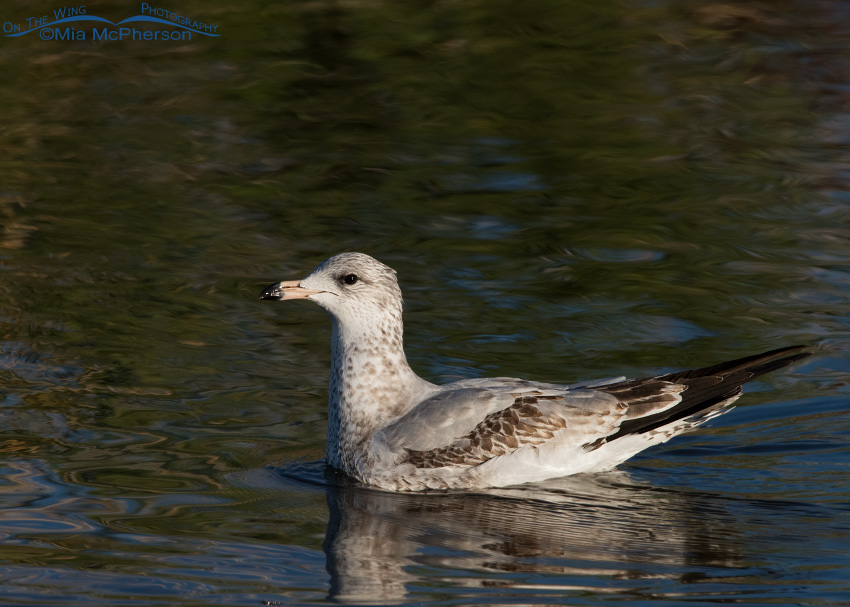 First Winter Ring-billed Gull – Nikon D810, f8, 1/2500, ISO 6400, -0.3 EV, Nikkor 500mm VR with 1.4x TX, natural light
First Winter Ring-billed Gull – Nikon D810, f8, 1/2500, ISO 6400, -0.3 EV, Nikkor 500mm VR with 1.4x TX, natural light
This image shows a first winter Ring-billed Gull also taken at Farmington Bay WMA the end of this October. There are of course some similarities between this bird and the one at the top but the bill of this gull has more pink and the mantle has begun to show the pale gray that one expects with a Ring-billed Gull. Both birds still have dark eyes. Both these birds could also be called “hatch year birds”.
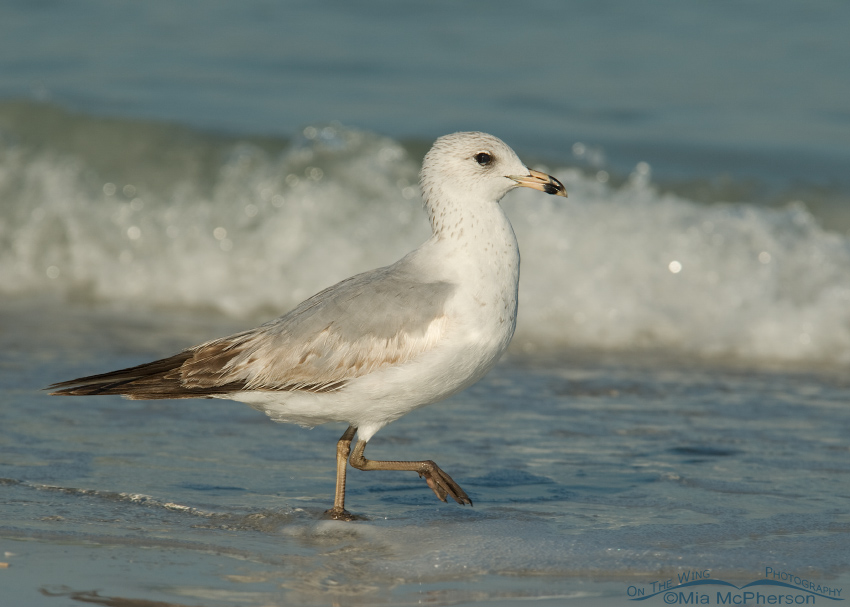 First summer Ring-billed Gull – Nikon D200, handheld, f7.1, 1/1250, ISO 200, Nikkor 80-400mm VR at 270mm, natural light
First summer Ring-billed Gull – Nikon D200, handheld, f7.1, 1/1250, ISO 200, Nikkor 80-400mm VR at 270mm, natural light
This image shows a first summer Ring-billed Gull taken at Fort De Soto County Park in Florida from the end of April 2008. The bill has a more yellow cast to it, the mottled plumage of the two previous birds is no longer evident, the mantle look even more gray than the first winter bird and there is more white showing on the belly, chest and throat.
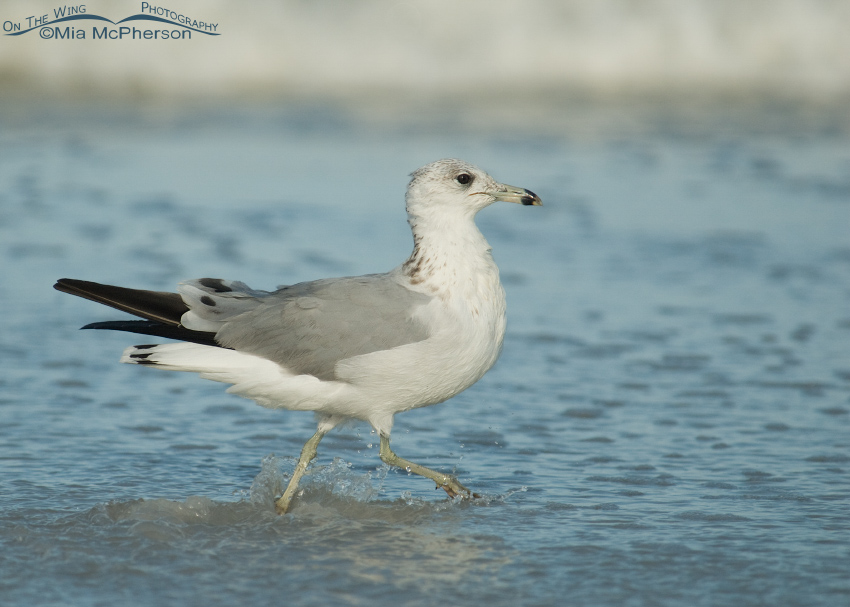 Second Fall Ring-billed Gull – Nikon D200, handheld, f5.6, 1/2000, ISO 320, Nikkor 80-400mm VR at 400mm, natural light
Second Fall Ring-billed Gull – Nikon D200, handheld, f5.6, 1/2000, ISO 320, Nikkor 80-400mm VR at 400mm, natural light
Sibley’s Guide to birds doesn’t show an illustration of the second fall bird but this one taken in September 2012 at Fort De Soto doesn’t fit for first summer or second winter so I am calling it second fall. Typically by the second winter Ring-billed Gulls irises have turned pale colored and white spots have begun to show in the primaries, this ring-billed doesn’t quite fit for second winter.
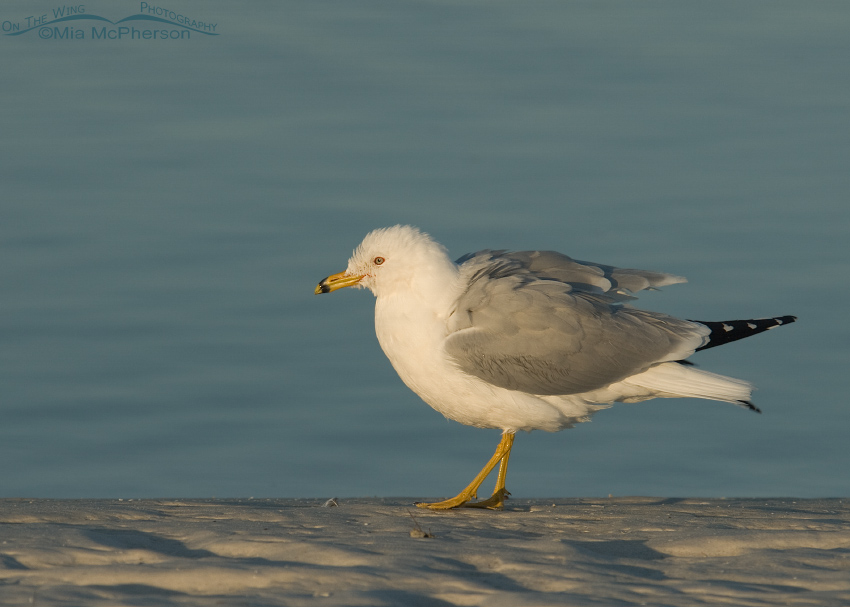 Adult Ring-billed Gull – Nikon D200, handheld, f6.3, 1/750, ISO 200, Nikkor 80-400mm VR at 220mm, natural light
Adult Ring-billed Gull – Nikon D200, handheld, f6.3, 1/750, ISO 200, Nikkor 80-400mm VR at 220mm, natural light
This adult Ring-billed Gull was photographed at Fort De Soto County Park in March of 2009 and it is shown in breeding plumage. It has the red orbital ring, the red gape, pure white tail, belly, chest, throat and neck along with the white spots in the black primaries.
Identifying gulls can be complicated because of age progression and the varied plumage as they age along with some gulls having similar sizes and shapes but I don’t find Ring-billed Gulls too difficult to ID.
I hope you enjoyed this post on Ring-billed Gull age progression.
Life is good.
Mia
Click here to see more of my Ring-billed Gull photos plus facts and information about this species.


Fascinating … and beautiful images, as always!! Especially love the light on your final, adult pic!!
Thank you! After posting photos of the Ring-Billed gull I had so many questions about age. so your article and photos are much appreciated!
Gorgeous pictures, nice bird. Thank you!
This is really helpful Mia – do I take it then that the Sibley Guide does show the first fall progression?
Nice to see these photos that seem to fit pretty close to the drawings in the Sibley Guide, 2nd Ed. Thanks for taking the time, Mia.
Like you I am endlessly fascinated with birds. All of them. And the little brown jobs and the common species reveal more each time I look.
Great post – and thank you.
Great Post Mia